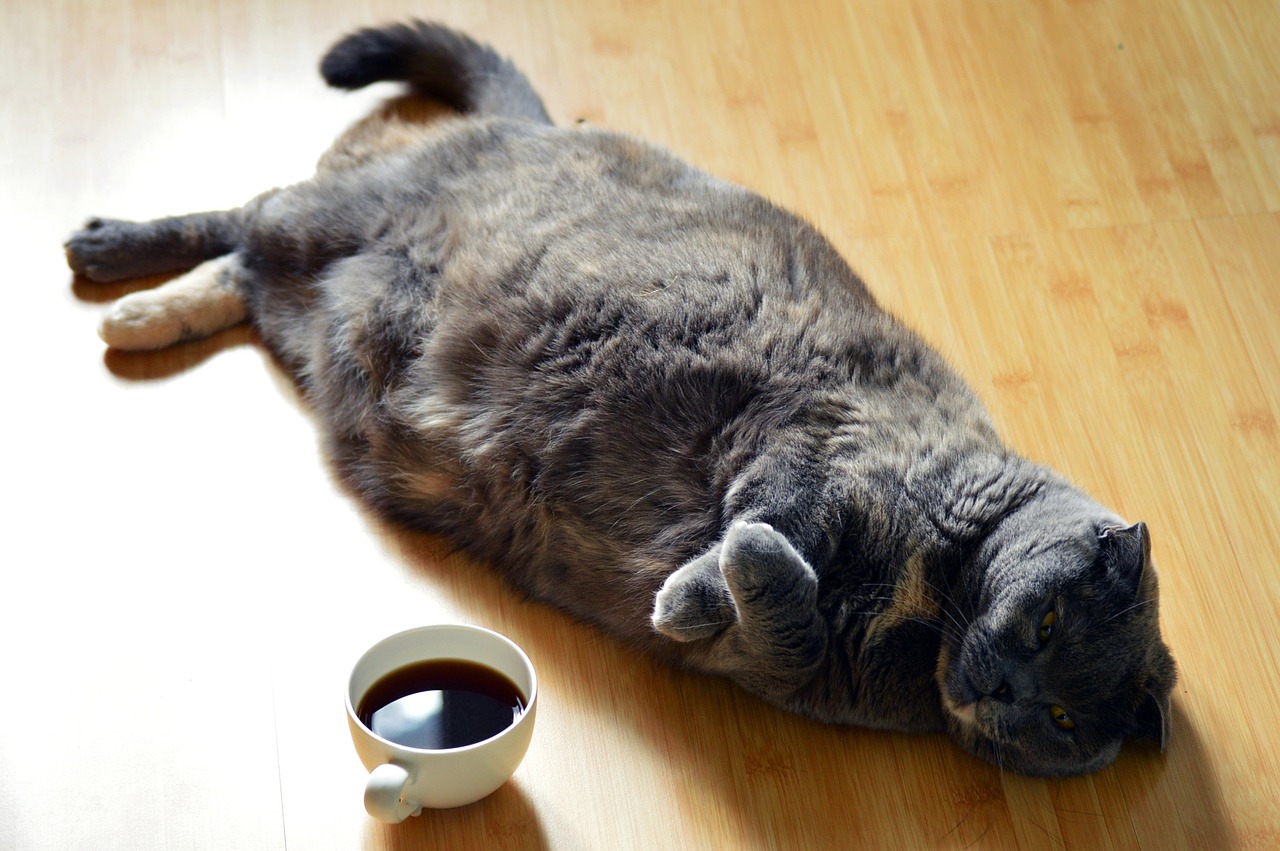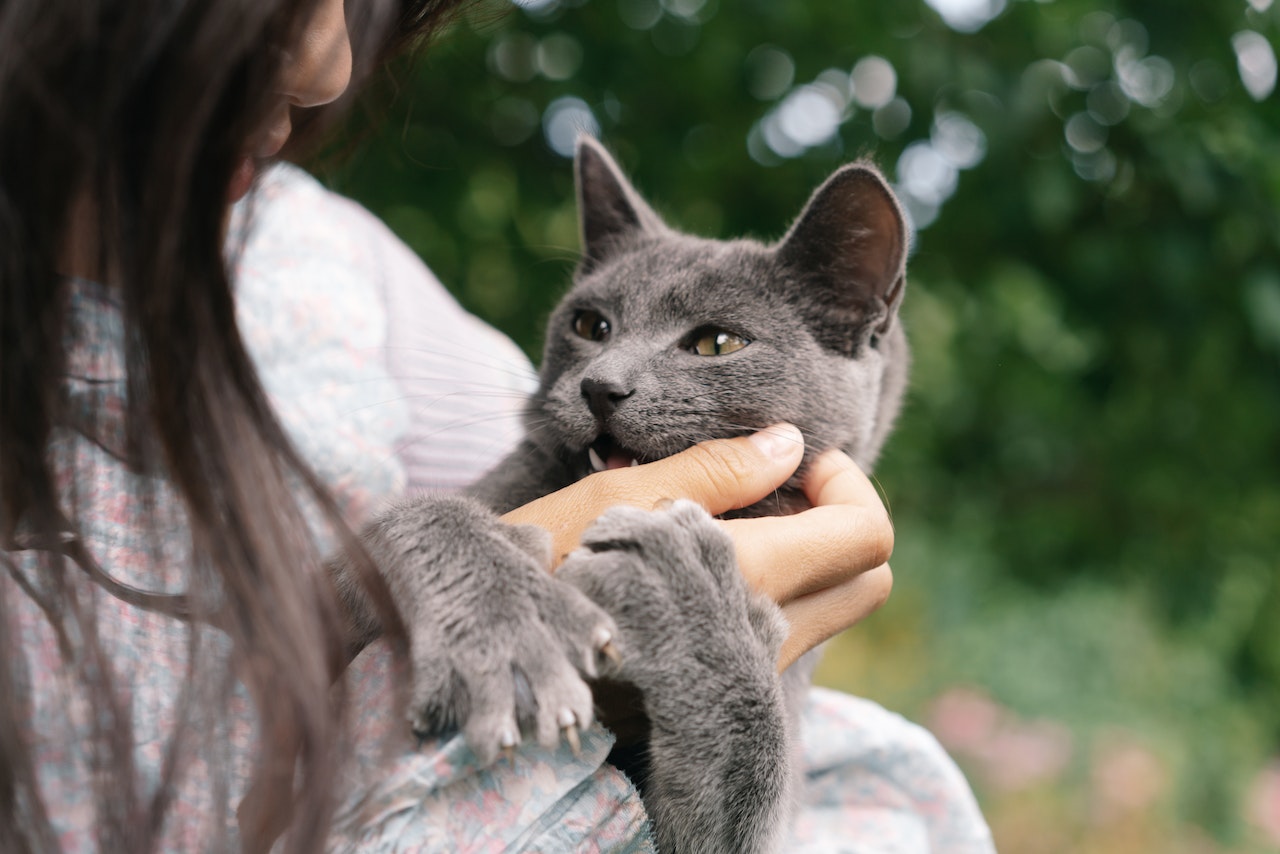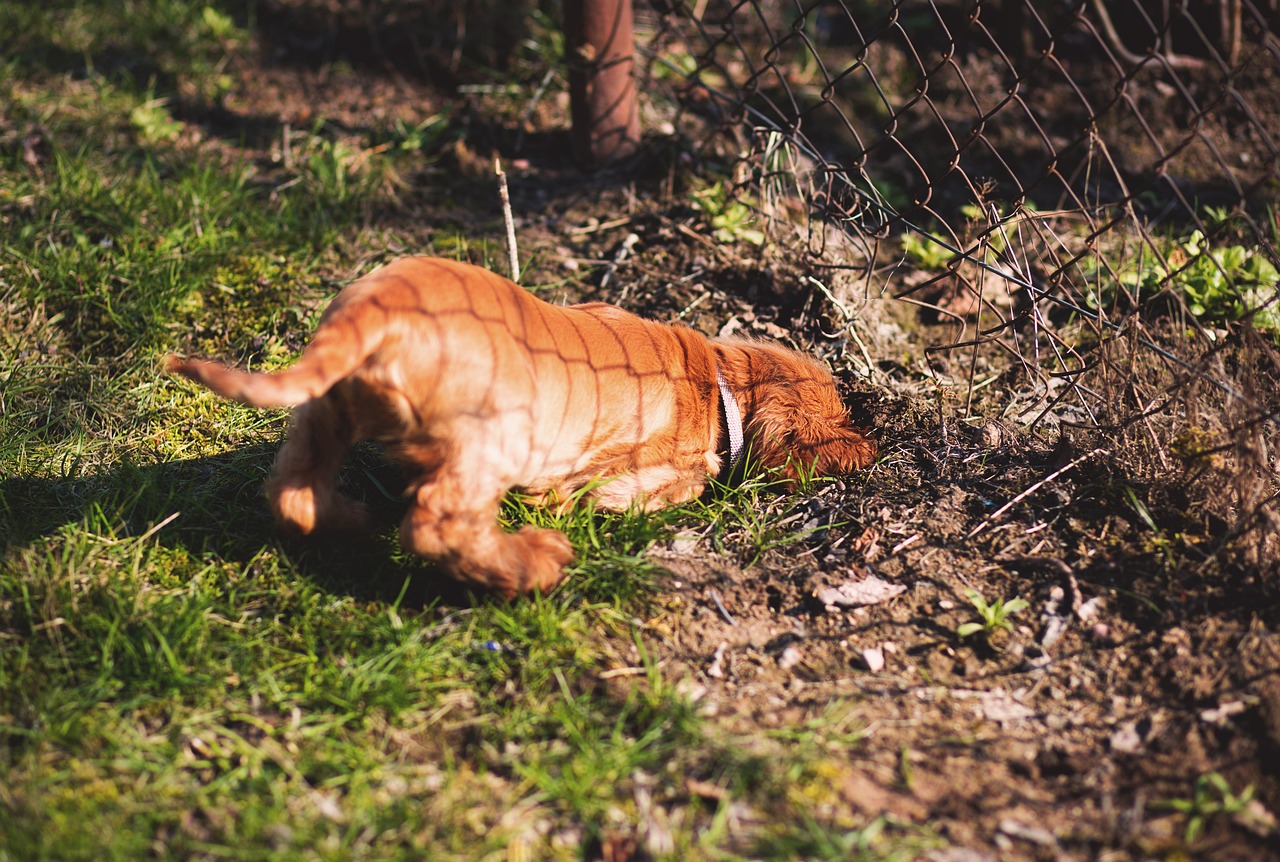Oh, the feline conundrum! Your cat has put on a few extra pounds and you’re now googling “How to help your cat lose weight.” But first, let’s address the elephant, or rather the slightly chubby feline, in the room. Yes, you adore your cat. Yes, those fluffy cheeks are too cute for words. But, honey, it’s time for some real talk.
1. Portion Control: Food is NOT Love
You love your cat and you want to show it. But what’s the most erroneous way to express your love? Overfeeding them. Because guess what? Food does not equate to love. I repeat: Food is NOT love! And while a little extra salmon here or a small piece of chicken there seems innocent, it all adds up. It’s like us having that “extra slice of pizza” every day because, you know, it’s a Tuesday and it’s raining.
Advice: To help your fur baby lose weight, serve food in controlled portions. Check the label or consult with a veterinarian to determine the appropriate portion size for your cat’s weight and activity level.
2. The Skinny on Feline Weight-Loss Foods
While your cat might have convinced you they’re starved for those savory tuna treats, there are actually specialized diets formulated to help tubby tabbies trim down. Weight management cat foods are typically high in protein to maintain muscle mass and have fewer calories from fats and carbohydrates. Some even come with added fiber to make your cat feel full and satisfied (even if they tell you otherwise with those pleading eyes).
Popular brands often offer “light” or “weight control” versions of their products, but always check the nutritional information to ensure it aligns with your feline’s needs. Remember, before making any significant changes to your cat’s diet, always consult with a veterinarian. They can provide guidance tailored to your furball’s unique needs and circumstances.
3. Playtime: AKA, the Dreaded Exercise
Exercise? It’s that thing we tell ourselves we’re going to do tomorrow, and then when tomorrow comes, we tell ourselves, “Oh look, another tomorrow!” But, alas, we must confront the beast – and your cat should too. Remember, unlike us, they don’t have the luxury of joining a gym or attending a Zumba class.
Advice: Schedule regular play sessions with your cat. Engage them in activities that make them jump, chase, or pounce. Toys like feather wands, laser pointers, or motorized toys can help. Not only will this help them burn calories, but it will also provide mental stimulation. Plus, watching a cat jump around is basically the best free entertainment.
4. Trade in Those Calorie-Laden Treats for Healthier Options
I get it, those cat commercials with the cute jingles make you want to shower your cat with treats. But just like you wouldn’t snack on chocolate bars all day (or would you?), it’s essential to be mindful of what treats you’re giving your feline friend.
Advice: Opt for low-calorie treats and always keep an eye on the quantity. Alternatively, you can use their regular cat food taken from their daily portion as a treat. This ensures they’re not consuming extra calories.
5. Ditch the “All Day Buffet” Feeding Style
“Free feeding” or leaving food out all day for your cat to graze might seem like a convenient approach, but it’s like leaving a kid in a candy store and telling them to “eat responsibly.” We all know how that ends!
Advice: Schedule specific meal times for your cat, usually twice a day. This not only helps in monitoring their food intake but also establishes a routine.
6. Hydration Station: Get That Water Flowing
You might think cats and water go together like, well, cats and water. However, water is essential for feline health and can even assist in weight loss! And no, I’m not suggesting you push Mittens into the tub for a swim.
Advice: Cats are notorious for not drinking enough water, especially if they’re primarily on a dry-food diet. Consider adding wet food to their diet or investing in a cat water fountain. Cats are attracted to running water, and these fountains can encourage them to drink more. Hydration can help increase metabolism and flush out toxins.
7. Sleeping Beauty or Sleeping Blob?
Did you know that cats sleep for an average of 12 to 16 hours a day? And while it’s tempting to let Sir Purrs-a-Lot snooze the day away on the sunniest spot on your couch, you might want to break up those beauty sleep sessions with some action.
Advice: While you shouldn’t disturb your cat’s natural sleep cycle, introducing interactive toys or puzzle feeders during their wakeful hours can keep them active and mentally stimulated. Plus, it’s adorable watching them try to figure out a treat ball.
8. Secret Agent Cat: Exploring New Frontiers
If your cat spends most of its time indoors, it might feel like they’ve already explored every nook and cranny of your home. And let’s be honest, there’s only so many times they can get excited about that one spot under the couch.
Advice: Change up their environment from time to time. Move their toys around, introduce new climbing structures, or even create DIY cardboard box forts. This encourages exploration and movement, which equals stealthy cat exercise.
9. An Ounce of Prevention…
As we all know from personal experience (no judgment), losing weight can be tough. But keeping it off? That’s the real challenge.
Advice: Regularly weigh your cat to monitor their progress. This will help you make necessary adjustments to their diet and exercise routines. It also helps to have regular vet check-ups to ensure there are no underlying health issues.
So in the end, I get it – chubby cats are adorable. Their waddles, their rolls, their inability to clean certain areas, it’s all endearingly cute. But just as we have to face the music when our jeans don’t fit, we owe it to our furry overlords to help them live their best nine lives. So suit up, human! It’s time to get that feline fit. And who knows? Maybe watching your cat’s transformation will inspire your own fitness journey. If nothing else, you’ll both be ready for swimsuit season – or at least, a very stylish Instagram photo shoot.
Pro Tips to Help Your Feline Friend Shed Those Extra Pounds:
- Gradual Changes: When adjusting your cat’s diet or introducing them to a new exercise regimen, remember to do it gradually. Abrupt changes can be stressful and even harmful. If you’re changing their food, mix a bit of the new food with the old, gradually increasing the new food’s proportion over a week or two.
- Vet Check-ups: Always have regular check-ups with your vet, especially when embarking on a weight-loss journey for your cat. They can provide a tailored approach based on your cat’s specific needs and monitor their health throughout the process.
- Stay Consistent: Cats are creatures of habit. Maintaining a consistent feeding and playtime schedule will help them adjust better to their new routine.
- Stay Informed on Food Labels: Just like human food, cat food labels can be a bit misleading. Look for high-quality ingredients and avoid foods filled with fillers and artificial additives. Your vet can give you recommendations.
- Multiple Small Meals: Instead of one or two big meals, feed your cat smaller portions throughout the day. This mimics their natural feeding behavior and can help boost metabolism.
- Hydration is Key: Encourage water intake. Cats aren’t always the best at drinking water. Consider investing in a cat water fountain which many cats find more appealing than a stagnant bowl.
- Monitor and Measure: Keep a close eye on your cat’s weight. Investing in a pet scale or using your own (by weighing yourself and then weighing yourself holding your cat and subtracting the difference) can help you keep track of their progress.
- Encourage Vertical Play: Cats love to climb and jump. Vertical spaces, like tall cat trees or shelves, can encourage movement and exercise.
- Positive Reinforcement: Always use positive reinforcement. If your cat is doing something right, reward them with affection or a small treat. This will encourage good behavior.
- Stay Patient and Understanding: Remember, every cat is unique. What works for one might not work for another. It’s essential to be patient and understand your cat’s individual needs and preferences.
Frequently Asked Questions (FAQs) about Feline Weight Loss
Aside from an obvious belly or the inability to see a waistline, if you can’t feel your cat’s ribs with a light touch, they might be overweight. However, the best way to determine if your cat’s weight is a concern is by consulting with a veterinarian.
While portion control is essential, drastically cutting down their food isn’t advisable. Cats need a certain amount of nutrients daily. It’s better to feed them high-quality, low-calorie food in appropriate portions.
Some cats can be trained to walk on a leash, but it requires patience and the right equipment, like a cat-specific harness. Always introduce your cat to the outdoors slowly and ensure they’re in a safe and quiet environment.
Rapid weight loss can be dangerous for cats. Aim for a gradual reduction, approximately 0.5% to 2% of their body weight per week. Always consult with a veterinarian to set a safe and realistic goal.
Every cat has its own preferences. Try different types of toys and interactive games. Something as simple as a cardboard box or crumpled paper ball can intrigue them. You can also try interactive food puzzles that stimulate both their brain and body.
Wet food typically has fewer calories than dry food and can help keep your cat hydrated. However, the best diet depends on your cat’s specific needs. It’s a good idea to consult with a veterinarian to determine the most suitable food type.
First, ensure you’re feeding them the right amount. If your cat continues to act hungry, consider dividing their meals into smaller, more frequent portions. Puzzle feeders can also slow down their eating and provide entertainment.
While some human foods are safe for cats in small amounts, many can be toxic or unhealthy. Stick to cat-specific treats or small portions of safe human foods, like cooked chicken. Always check with your vet before introducing new foods.
It can be challenging when one cat needs a diet, and another doesn’t. Use separate feeding areas, monitor meal times, and consider microchip feeders that only open for a specific cat, ensuring each cat gets the appropriate food.
Yes, older cats can lose weight safely, but their dietary and exercise needs might differ from younger cats. It’s crucial to consult with a veterinarian to ensure the weight loss plan is tailored to their specific needs.



